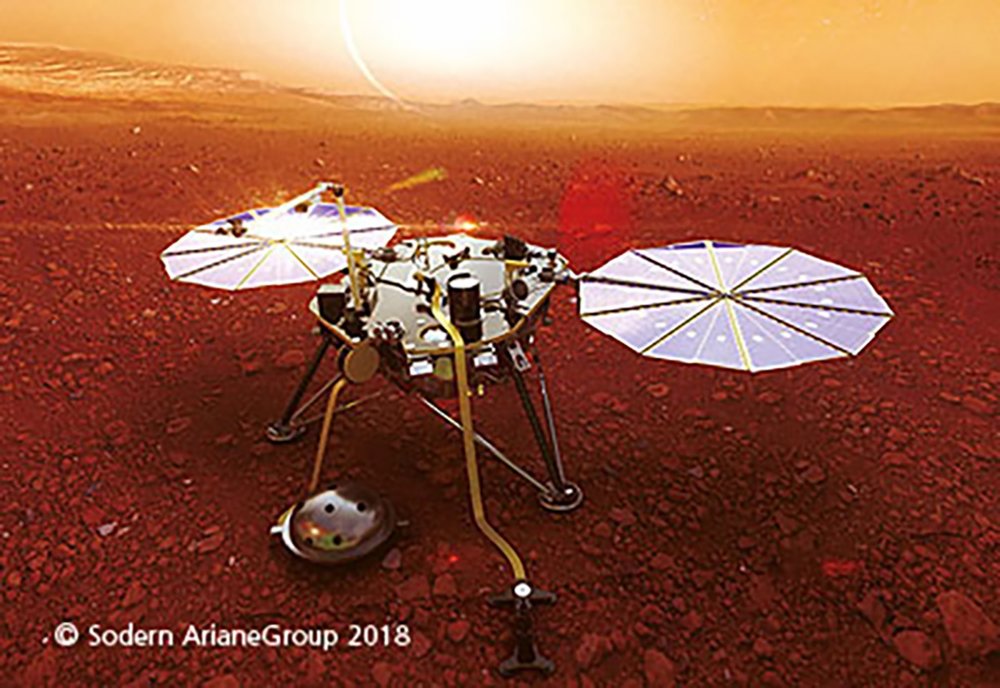www.industry-asia-pacific.com
03
'19
Written on Modified on
Miniature drives for use in space
It has been 50 years since Apollo 11 landed on the Moon and the first human to step on Earth’s own satellite.

Lightweight and compact FAULHABER miniature drives have proven their reliability and positioning accuracy under harsh space conditions time and again during numerous space and research projects. The drives are suitable for use in vacuum environments and can withstand extremely high mechanical loads. Their components are optimally matched to one another and thus achieve a very high level of efficiency.
Six stepper motors with planetary gearheads are, for example, currently being used on Mars in the most sensitive seismometer (figure 1) ever built (SEIS) and are attempting to clarify whether the red planet quakes. For the seismological measurements, they have two tasks: they keep the measurement mechanics in balance and compensate the tension forces that arise due to strong seasonal temperature fluctuations.
The small drives from Schönaich can also be found on board the International Space Station (ISS). Brushless DC-motors allow CIMON (figure 2), an artificial assistant for astronauts, to move freely on board. For the next Mars mission in 2020, stepper motors are installed in high-resolution camera systems. The small drives, with a diameter of just 10 millimetres, position the lenses for razor-sharp images of the Martian surface.
The compact miniature drives will contribute to the further development of space research and space travel in the future as well. For example, one possibility for keeping the costs of commercial rocket launches down is optimising fuel combustion and, thus, consumption. A specially developed fuel-trim valve guarantees optimum performance in this situation.
It is driven by robust and reliable FAULHABER servomotors. The demand for spaceworthy drive systems, which must above all be reliable, durable, small and lightweight, is therefore constantly on the rise. 50 years ago, as precision ball bearings from FAULHABER subsidiary MPS were present in the watches worn by the astronauts during the first step taken by a human on the Moon, hardly anyone would have imagined that.
www.faulhaber.com

